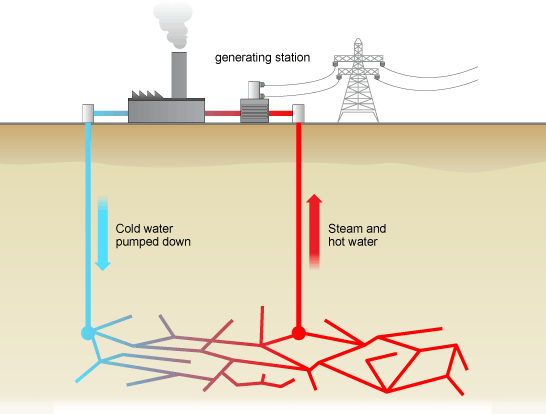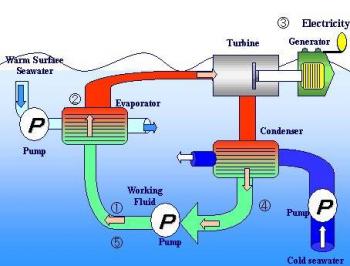I do not deny that energy is consumed while the process runs. I do not deny that water resistance to the rising balloons consumes energy, etc.(5) times less than perfect efficiency still loses useful energy.
What I have not conceded to is the following:
for example-
It takes (X) amount of energy to put air in one balloon
(X)+(X) +(X)+(X)+(X) = more energy output at any moment in time than (X)
Together with on other fact. As the balloons rise they will expand creating more lifting force
-
It takes (X) amount of energy to put air in one balloon
Yup.
(X)+(X) +(X)+(X)+(X) = more energy output at any moment in time than (X)
No. Your output is Z% of (X). With Z < 100.
Together with on other fact. As the balloons rise they will expand creating more lifting force
You're right, the air takes more force to push down to that bucket, the deeper it gets.





